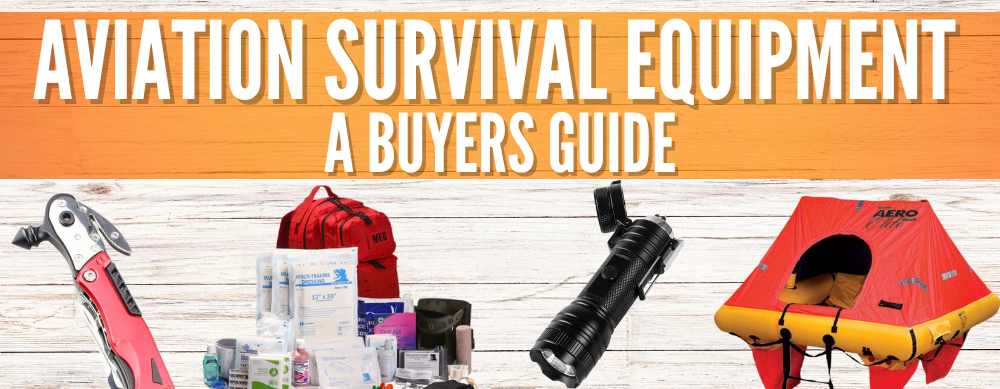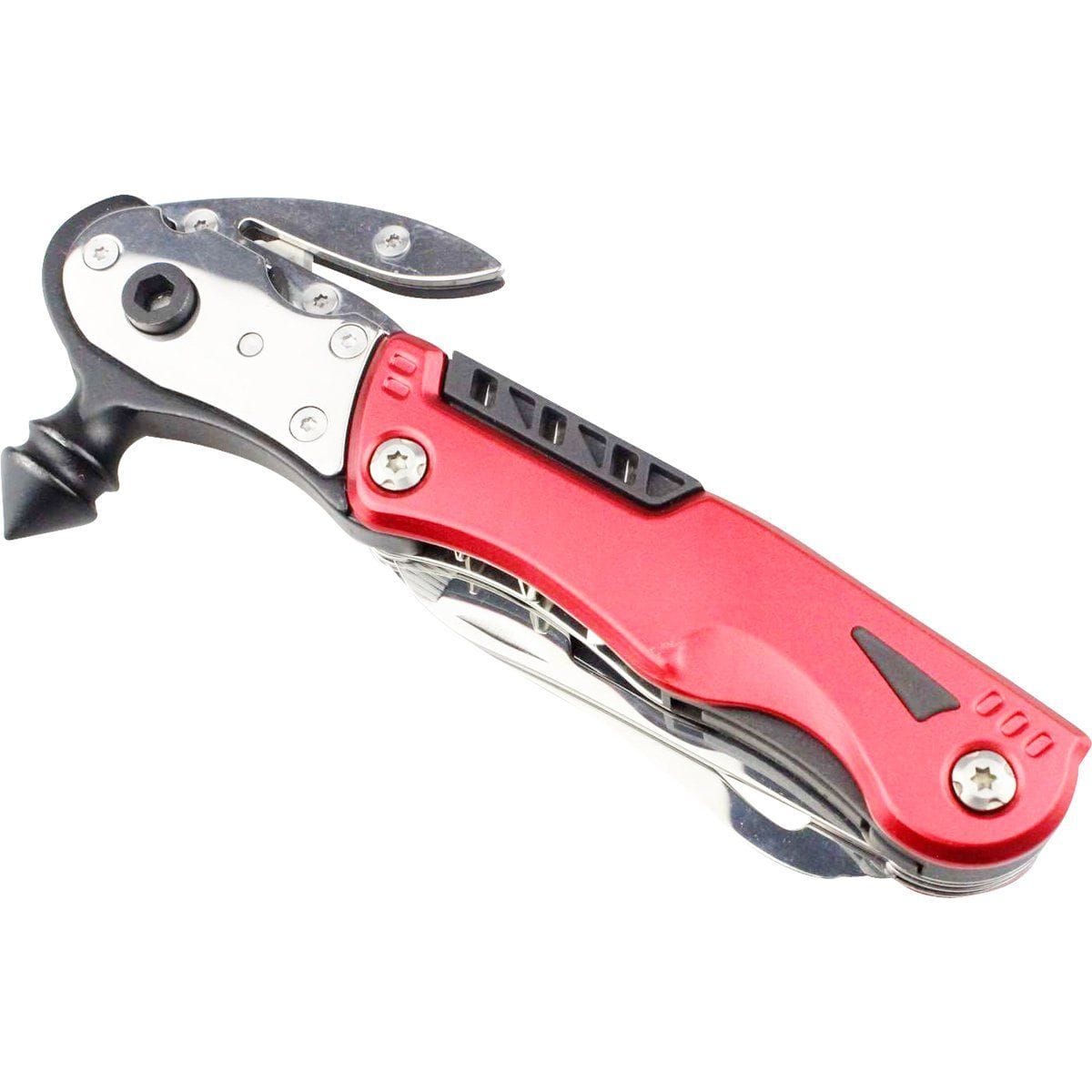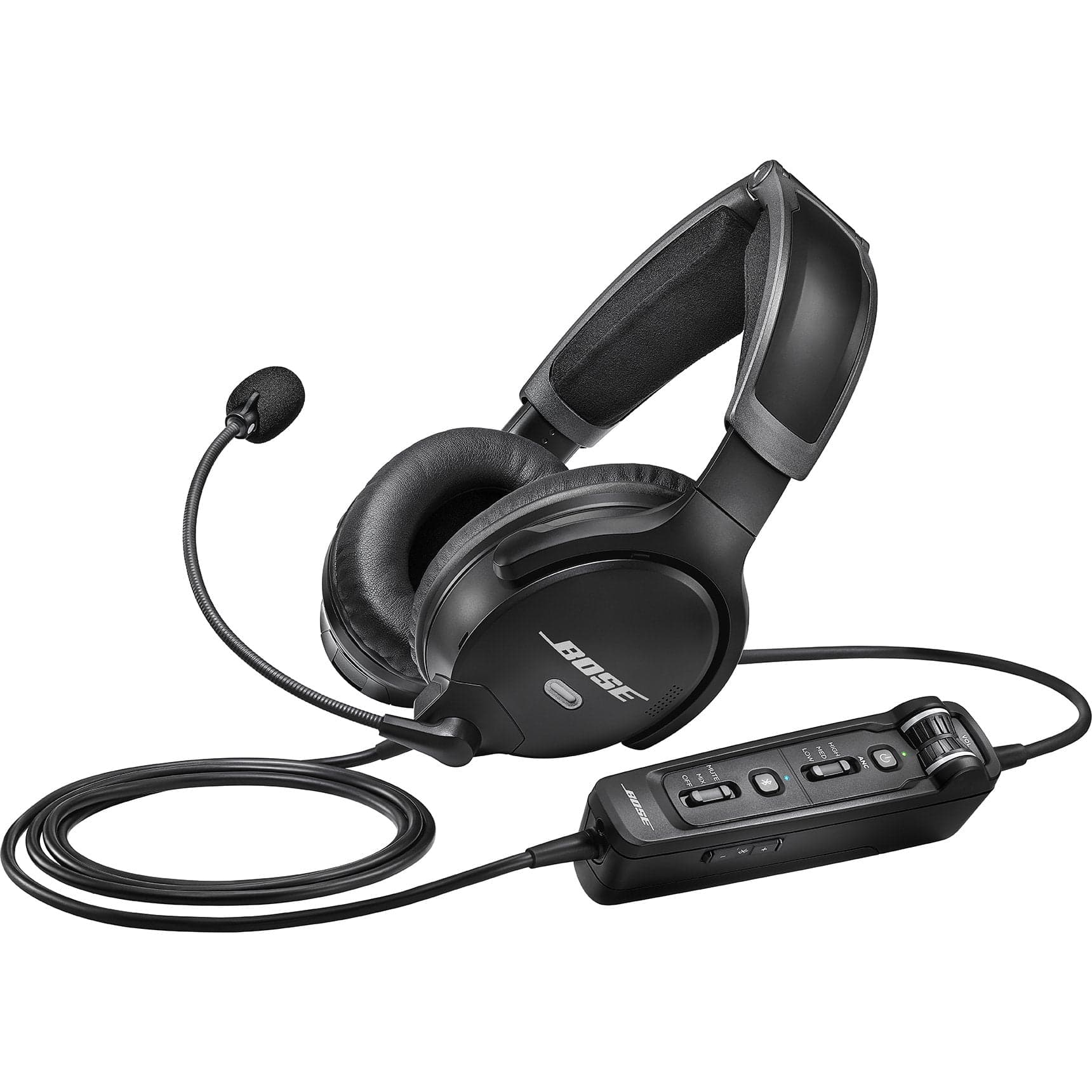It's easy to fill your plane with a plethora of survival gear—first aid kits, food, tools, water, rescue beacons, a lift raft and life preservers—throwing the aircraft out of weight and balance in the process.
Rather than buying every possible product you can, this buyer's guide will help you pick what you need to increase your odds of surviving a crash.
What you need in your survival kit depends on what kind of flying you do most often. Rescue lights and a personal locator beacon (PLB) are useful in any cockpit, showing rescuers nearing your location exactly where you are.
A first aid kit is also vital—the kind you get will depend on how long you may need to survive in the wilderness. If you regularly fly over mountainous or remote terrain, expand your kit to include space blankets, a water supply and high-energy food bars.
Pilots who routinely fly over water should definitely pack personal floatation devices; the farther offshore you go, the more important a life raft will be.
 Personal Locator Beacons (PLBs)
Personal Locator Beacons (PLBs)
Governments worldwide have stopped satellite monitoring of 121.5 MHz for the tones from older emergency locator transmitters still installed in the vast majority of general aviation planes.
That makes finding and rescuing you a harder and longer process, since fewer people are monitoring for the signals and they're now harder to detect.
A new generation of PLBs uses different technologies to transmit your precise location to search and rescue teams—and often let your friends and family track your progress on routine flights.
If you regularly fly a plane that has an older 121.5 MHz ELT, or if most of your flying is over sparsely populated and rugged areas, a PLB can be a smart investment that only adds a few ounces to your pocket or flight bag.
Since PLBs don't have an accelerometer built into them to automatically activate in a crash, they're only useful in survivable crashes. That means you need to be conscious and able to physically pull the PLB out of your pocket, place it in the open and activate it.
At a minimum, consider a PLB that has a built-in GPS antenna. That increases the accuracy of the location that's sent to SAR teams to within 100 feet or better.
The Firefly PRO Solas is the ultimate emergency strobe light. With a 41 candelas output and 56-hour battery life. Its wide-light emission LEDs can pierce through harsh conditions, and its super-bright flash is visible from over 3 miles away. Don't underestimate the importance of having this in your flight bag for emergencies.
If you want added features, like flight tracking for your friends, consider the Spot X Satellite Messenger. While the Spot X is more economical than the cost of a PLB, you will need to pay about $200-per-year for the service.
It provides emergency location features like other PLBs, but also offers peace of mind by allowing friends and relatives to track your progress online during normal flights. Because of the yearly fee, the total cost of a Spot device will surpass the upfront cost of most 406 MHz rescue beacons by the second year of use.
But that may be worth it for the added features the Spot has, like sending a message that you need help in a non-life-threatening situation or that you've arrived safely at your destination.
Formerly a Delorme Brand, the Garmin InReach series offers tracking, messaging, and SOS on the Iridium Satellite Network. Weighing only 3.5oz, and measuring under 4" tall, the inReach can be packed anywhere.
 Rescue Lights
Rescue Lights
Small and lightweight, these lights are a different breed from the LED flashlight you keep in your flight bag for reading charts at night. The Rescue Laser Light shines a narrow red laser beam that can be seen up to 20 miles away.
When rescuers are in the air looking for you, this leaves no doubt exactly where you are. Plus, it's waterproof to 80 feet, can shine for 40 hours on a single battery, and doesn't present a fire hazard like rescue flares do.
 Fire Starters
Fire Starters
Think you'll be roughing it for a day or more while you wait for rescue? You'll need a way to start a fire to keep warm and prepare food. An emergency lighter is the surest way to start a flame.
The basic Stormproof Match Kit is windproof, and waterproof, and comes in a water tight case. The UCO Plasma Lighter Flashlight combines an LED flashlight along with the functions of a lighter.
 Life Rafts & Life Vests
Life Rafts & Life Vests
Pilots who regularly fly over water on personal flights should consider investing in life vests and a life raft.
Foam-filled vests may have been all the rage when you went tubing on a river, but their bulk takes up space in the back of an aircraft and restricts movement getting out of the cockpit.
Keep in mind that the type of equipment you carry may be mandated by the FARs, particularly if you are conducting overwater flights for hire.
Vests like the EAM UXF-35 are similar to those on airliners, storing in a small pouch until they're needed. It inflates with a small CO2 cartridge. This vest is most effective when you can grab one immediately; if you go down over water, you likely won't have time to hunt around the back of the plane.
For added security on long over-water flights, consider the Revere Comfort Max life vest, available in red or blue. Its low profile and nylon exterior make it comfortable to wear throughout the flight, saving precious seconds in a water landing, since you can exit immediately without having to secure the life vest.
When needed, a CO2 cartridge will inflate the vest to its full size in about one second. The vest also features an attached safety whistle to help draw attention to your location in the water. If you want those features in a smaller and lighter PFD, look at the Revere Comfort Max Belt Pack, also available in red or blue.
All lift vests are designed to keep your head above water. But that can still be dangerous in rough seas, shark-infested waters or when rescue is some time away, putting you at risk of hypothermia. For flights close to shore, an inflatable life raft will keep you dry and provide some protection from choppy water.
The basic Revere Aero Compact seats 4 and inflates in less than 30 seconds (a CO2 cylinder is attached). It includes stabilizing underwater ballast pockets and a water anchor. Because it doesn't have a protective canopy and has just one inflatable tube around the outside, it's recommended for use within three miles of shore.
There are several other versions of the Aero Compact depending on your needs: Add a protective bright orange canopy for an extra $200, providing vital shielding from the elements.
 The Aero Compact with Standard Kit includes food, water, a first aid kit and other basic signaling gear. The raft with Deluxe Kit includes a thermal blanket, paddles and fishing equipment, as well as everything else in the other kits. All three versions include canopies.
The Aero Compact with Standard Kit includes food, water, a first aid kit and other basic signaling gear. The raft with Deluxe Kit includes a thermal blanket, paddles and fishing equipment, as well as everything else in the other kits. All three versions include canopies.
For greater durability and larger crews, Revere's Aero Elite rafts all include an inflatable canopy and floor, double-cell flotation tubes, a boarding ladder and four water ballasts for stability. The 4-person model weights 45 pounds; or choose the 6-person model or the 8-person model. All models include signaling and rescue kits.
 Adventure Medical Kits
Adventure Medical Kits
The size and features you need in a survival pack or first aid kit depend on the type of missions you do and how many people you may need to treat. Do you only want the capability to handle simple wounds, or do you also want to be able to secure fractures and close larger wounds as well?
How long do you think you might be stuck in the wilderness before help arrives? Think about these questions to help you choose which of Adventure Medical's products to add to your flight bag.
Adventure Medical's Survival Paks give you a variety of tools in compact packages—but by themselves, they aren't first aid kits. The Pocket Survival Pak Plus, at 4 ounces, stuffs the bare essentials into a very small pouch. You'll find equipment to start a fire, go fishing and signal for help.
Plus, it includes small amounts of duct tape, wire, nylon thread, nylon cord and other materials that can be used for a variety of repairs and other uses. Waterproof instructions that fit in the pouch detail how to use everything.
The new SOL Origin may look like a multipurpose tool on the outside, but an inner compartment packs in gear to start fires and catch fish. The case integrates signaling gear and a compass as well.
Combining an array of survival gear with first aid equipment, the SOL Survival, Medical, & Gear Aid gathers most of what you'd need in an emergency into a zippered 20-ounce pouch. The medical pouch includes latex gloves, bandages, dressings, moleskin, small amounts of basic medications and safety shears.
The survival pouch features many of the same tools as in the Pocket Survival Pak but in larger quantities, plus cable ties, a survival blanket and an LED headlamp.
If you just need to supplement your existing supplies, consider adding a thermal blanket, which is extremely compact and lightweight, using a metallic liner to reflect your body heat back onto yourself. The large Two-Person Survival Blanket lets you share body heat in an economical package.
Multi-Tools
Multi-tools can be invaluable for the everyday and in emergency situations.
Step up to the Kansbol Survival Kit, the blade has been carefully crafted to blend seamlessly with the fire starter included, making it incredibly easy to start a fire.
If you like an all-in-one tool, the Pilot's Multi-Function Survival Hammer fits the job. This Multi-Function Survival tool is a reliable means of escape when trapped. It can break windows and cut jammed seatbelts, saving lives. But that's not all! The compact nylon case includes a variety of tools, perfect for emergencies on the go. Easily fits in your pocket for quick access.

-
What is in a plane survival kit?
Typically it includes items such as life preserves, PLBs, flashlights, a life raft, food, water, a first aid kit, and other basic signaling gear.
-
What survival gear does the FAA require?
To ensure the safety of passengers flying over open water more than 50 nautical miles from shore, the FAA has specific requirements. These include a life preserver with an approved survivor locator light for each person onboard and a liferaft with sufficient capacity to fit all passengers in case of emergency.
Want to know more about aviation safety and emergency gear?
Our guides are designed to help student pilots become professional pilots and for private pilots to brush up on their knowledge and skills.
Disclaimer: The purpose of this article is to inform readers about how listed products and materials could potentially be utilized in survival situations. However, it should not be used as a replacement for proper training and practical experience. Please seek professional guidance before attempting to use any of the mentioned items. Pilot Mall is not a training facility and cannot be held accountable for any injuries or mishaps resulting from incorrect usage of these products and recommendations.
Did you find this article helpful?
Do you think we missed anything important? Let us know in the comments below!







1 comment
Tony
Would anyone know what battery ( size and voltage) fits into my old Emer lite handheld strobe from my single engine flying days.
I’m trying to resurrect this unit to use again but unfortunately it has no battery details listed and I do not want to blow the strobe lamp with an incorrect battery.
I purchased mine in the early 1970’s so if it can come to life in another age for a survival strobe for fishing trips etc, then I would be very grateful.
If anyone can help it would be greatly appreciated